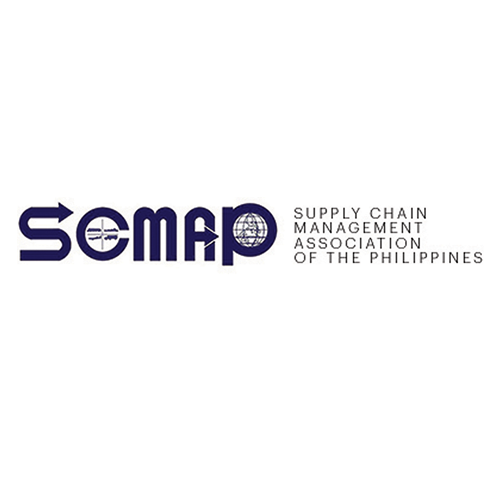Once again, I sit down to write our final column for the year – always an opportunity to both look back at the year that was, and look ahead at the year that will be.
We’ll get to the former shortly. First, what do we expect to see in 2023? That used to be a difficult question in the past few years considering all the uncertainty – unless your answer is “the only thing that’s certain is uncertainty”, which isn’t really clear either.
That said, the large number of unknown variables throughout the height of COVID-19 has meant it was difficult to take a guess at what might happen in the future. This year, however, has seen a sense of normality take a stronger hold than at the beginning of 2020. Shoppers are back in malls and restaurants, while face-to-face events and classes have resumed. While not all businesses survived the difficulties of the past couple of years, it’s safe to say that the economy will continue to rebuild into 2023. The new possibilities offered by further integration of e-commerce into Filipino lives, and the resumption of aggressive expansion projects for physical retailers, should mean new opportunities for everyone across the supply chain, particularly logistics providers who will once again be tasked to connect the dots.
But “long COVID” is also a thing for the global economy. The knock-on effects of the pandemic, alongside continuing geopolitical uncertainty, has led experts to anticipate a global economic recession in 2023. Inflation rates are going up across the world. In the Philippines, we reached a new 14-year high of 8%. Unlike in past months, however, this rise is not triggered by rising energy prices, but rising food prices, something certainly exacerbated by regional supply issues (take onions, for example) and natural disasters. If left unchecked, it will not just provide a damper to Christmas celebrations, but also to consumer sentiment in the first quarter of the new year, at the very least
The question, as always: how do we address these? The answer, as always: all stakeholders must continue investment across their supply chains, from lowering production and transportation costs, to improving efficiencies and reducing wastage, all while continuing to take care of the people that are critical to the supply chain’s success. The past couple of years has seen a shift in the logistics landscape, from continuing foreign investment in the industry, to the entry of startups and regional disruptors utilizing technology in novel ways to provide more value. But traditional hurdles – regulatory roadblocks, high investment cost – remain, hindering the full potential of the Philippine supply chain sector.
The government should double down on its efforts to reduce the regulatory burden on stakeholders, foster a competitive and innovative business environment, and develop the required physical, virtual and talent infrastructure that will enable the sector’s success. It should also continue involving supply chain stakeholders in formulating policies and regulations. We can’t stress enough how this delivers results – take the initial response to COVID-19 lockdowns, which were made thanks to the inputs of various industry associations. We hope to see this open approach across all relevant agencies; at the moment some remain resistant to this.
As I write this, the government is finalizing the National Logistics Strategy. Set to be launched next year, it is expected to update the goals set out in the Ten Commitments of the Philippine Logistics Sector signed in 2018, and identify regions and areas where infrastructure investment is much needed. With supply chain competitiveness more recognized as an important indicator of an economy’s strength and resilience, we hope that the NLS would provide a robust roadmap that will help stakeholders in their future plans and initiatives, and more importantly, provide a unified voice to stress the sector’s importance.
We at SCMAP are happy to see more government agencies and industry stakeholders take part in this conversation to improve and enhance our supply chains. It certainly feels a long way from our founding in 1989, when we were the lone oppositor against the perceived cartel-like approach on shipping rate increases, or even four years ago, when we were one of the first members of the informal Logistics Services Philippines group. We hope that the conversation continues, and more importantly, we hope they result in meaningful reforms and initiatives based on a solid foundation, built for the long-term, and are sustainable. These discussions will determine whether our 2023 will be a glass half-full or a glass half-empty.
For now, on behalf of the SCMAP team, let me greet you a merry Christmas and a prosperous new year ahead.
Henrik Batallones is the marketing and communications director of SCMAP, and editor-in-chief of its official publication, Supply Chain Philippines. More information about SCMAP is available at scmap.org.





